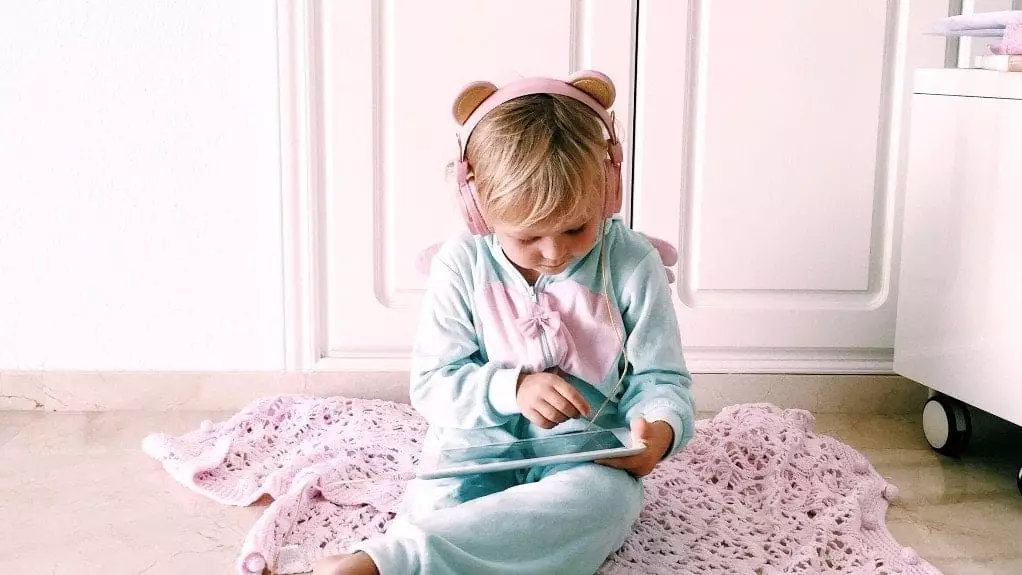Childhood is often viewed through a lens of carefree laughter and easy play, but for many little ones, anxiety paints a different picture. As a parent of a child who embodies the character Wemberly Worried from Kevin Henkes’ beloved book, I find that my daughter walks a tightrope of endless worries. Being a naturally anxious child, she frequently contemplates various hypothetical situations that could potentially go awry. This tendency not only demands the patience of parents but also necessitates a deeper understanding of what fuels this anxiety.
Anxiety in children can manifest in numerous ways, with fears surrounding both significant transitions and minor changes. For my daughter, bedtime serves as the stage where her worries come to life; she is plagued by thoughts of what might happen if things don’t go according to plan, spilling into restless nights filled with sleeplessness. We, as parents, often feel the weight of her worries as we face our own concern about how lack of sleep could impact her health and cognitive development.
Despite our best efforts to manage the situation at home, we quickly recognized that seeking additional support was essential. Enter therapy—a resource that proved invaluable in helping our daughter navigate her feelings. Engaging in a series of therapy sessions allowed us to glean insights into potential triggers for her anxiety, offering a sense of validation that our approach was reasonable. This experience reassured us that we were not alone in our journey, allowing us to share the responsibility of addressing her worries without feeling overwhelmed.
For parents grappling with anxiety in their children, I wholeheartedly recommend exploring professional help. Finding a therapist that resonates with your child can be a transformative experience, equipping both parent and child with strategies to confront the complexities of anxiety. It bridges the gap between frustration and understanding, allowing you to become an active participant in their emotional journey rather than a helpless spectator.
Establishing an environment that fosters a sense of security has been crucial for my daughter. As part of our proactive approach, we strive to maintain predictability in her daily life. Change is often intimidating for anxious children; therefore, when alterations to our routine occur, we prioritize communication. We’re diligent about providing clear explanations about upcoming events, outlining each aspect of the experience while patiently addressing her myriad questions.
In our home, communication is key to preparing her mind for change. Allowing our daughter the time she needs to process shifts in her routine significantly alleviates her anxiety. For instance, we have developed a bedtime routine rich in relaxation and mindfulness, which includes gentle stretches and reading. In moments of heightened anxiety, we turn to the mental and breathing exercises she learned through therapy. This not only empowers her to take charge of her own relaxation techniques but also instills confidence.
Despite our best efforts, sleepless nights still occasionally occur, inviting a pervasive sense of helplessness as parents. In those moments of frustration, I try to remember the tools we’ve equipped her with. Parenting is often marked by a blend of nurturing and letting go; we need to allow our children space to grapple with their emotions. When I witness her struggle, I remind myself that it’s natural for her anxiety to occasionally overwhelm her. The goal is not to eliminate her anxiety entirely but to help her manage it in a healthy way.
Giving children the autonomy to navigate their emotions symbolizes a vital step in their growth. By fostering an understanding that anxiety is valid yet manageable, we empower them to confront their fears independently. Though it’s heart-wrenching to watch our child experience distress, we must cling to the belief that she possesses the tools necessary for emotional resilience. Each sleepless night becomes a testament to her strength and a reminder that she can indeed chart her course through the tumultuous waters of anxiety.
Raising a child with anxiety is undoubtedly a complex journey, filled with challenges and victories. As a parent, it’s essential to approach each hurdle with compassion and understanding, recognizing that anxiety is a part of the human experience, even for the youngest among us. By seeking help, cultivating communication, and empowering our children to harness their coping mechanisms, we equip them for a lifetime of resilience in the face of life’s uncertainties. Ultimately, we must also remember that it’s okay to take a step back and trust in their ability to navigate their own emotional landscapes. After all, they have the tools; they just need the time and space to use them.

